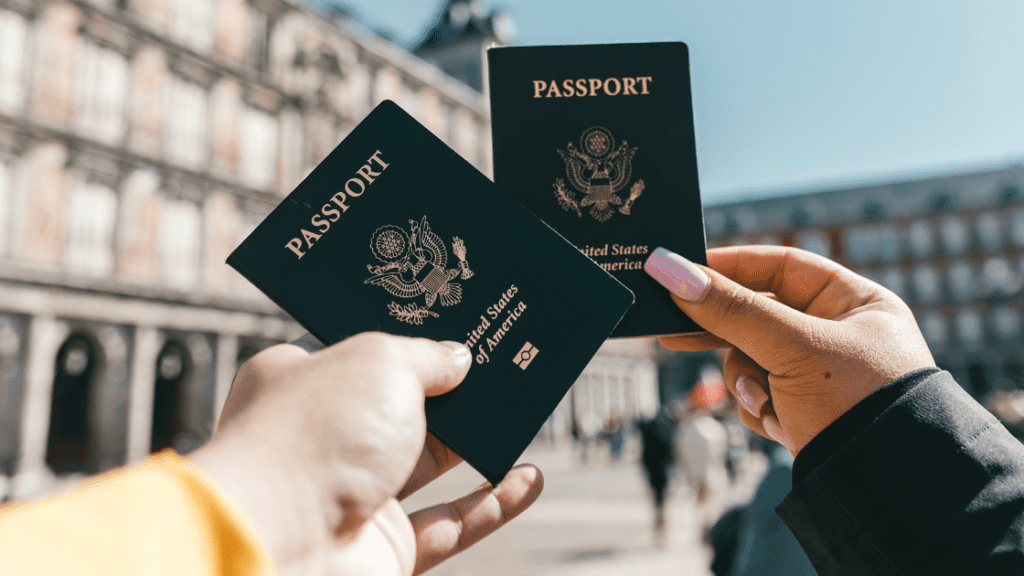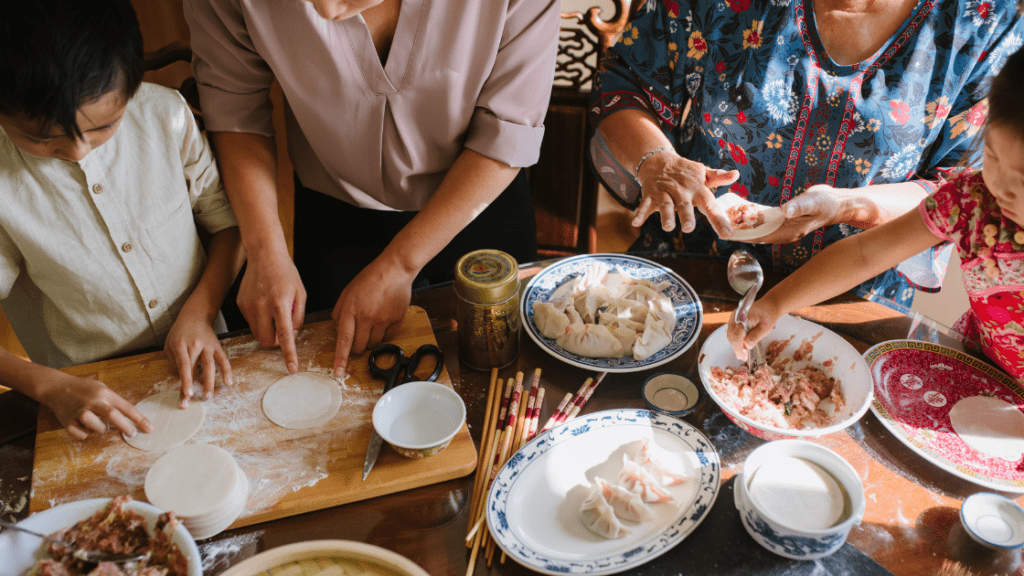Do generational patterns and cultural heritage play a role in why you do things a certain way or feel connected to specific people, places, and practices? If you’ve ever wondered how habits, beliefs, and traditions develop, learning more about ancestral patterns and cultural heritage can help reveal what has shaped your identity and sense of belonging, in both positive and negative ways.
Generational patterns are the cultural and behavioral practices that have been passed down from generation to generation within a family or community. These patterns can include everything from traditional beliefs and values to specific customs and rituals that are unique to a particular group.
Cultural heritage is the expression and manifestation of these patterns, and it can take various forms, such as language, art, music, cuisine, and clothing, to name a few!
Ancestral patterns and cultural heritage are important aspects of our lives because they help us understand who we are, where we come from, and what we value. They also help us connect with others who share similar patterns and heritage and appreciate the diversity and richness of other cultures.
In this article, we will explore the concepts of ancestral patterns and cultural heritage, and how they influence our identity and belonging. We will also discuss some of the benefits and challenges of preserving and transmitting these patterns and heritage, and how we can use them to navigate our daily living.
What are Generational Patterns and Cultural Heritage?
Generational patterns and cultural heritage are closely related concepts, but they are not exactly the same. Ancestral patterns are the underlying and invisible forces that shape our culture and behavior, while cultural heritage is the visible and tangible expression and manifestation of these forces.
The patterns we inherit from our ancestors are influenced by various factors, such as geography, history, religion, ethnicity, and more. Cultural heritage is created by us, and it is influenced by our creativity, innovation, adaptation, insight, and use of available resources.
The two forces of identity are dynamic and evolving, and they can change over time and across generations, depending on the circumstances and context. However, they also have a certain degree of continuity and stability, and they can retain some core elements and values that define and distinguish them from other patterns and heritage.
Impacts on Identity and Belonging

Inherited behaviors and beliefs, as well as the expression of experiences and values have a significant impact on our identity and belonging because they provide us with a sense of connection and continuity with our past, present, and future.
The answer to the question “Who am I?” is the essense of identity. Identity is composed of the various elements of personality, values, beliefs, interests, and goals in life. “Where do I fit in?” is where we find belonging and it is composed of points of connection, such as our family, friends, community, and society. Ancestral patterns and cultural heritage provide a framework that helps us understand ourselves and our place in the world. They also help us communicate and embody identity and connection providing the language and context from which to share our stories and experiences with others. Within this frame of reference, we can begin to recognize, respect, and feel confident and proud of our abilities and origins.
Benefits and Challenges
These mechanisms for developing sense of self and place have many benefits and challenges, both for individuals and for society. Some of the benefits are:
- Family and cultural traditions enrich our lives by adding variety, beauty, and meaning to our daily living.
- Time-honored ways of being and doing can enhance our well-being and our happiness, by providing us with a sense of purpose, direction, and fulfillment.
- Participating in family rituals or cultural events can enhance learning and growth by exposing us to new perspectives, knowledge, and skills.
- Participating in generational and cultural activities can strengthen our relationships and bonds by creating common ground, mutual understanding, and a shared identity with others.
Some of the challenges are:
- Certain patterns could be damaging or antiquated, sustaining negative attitudes or actions that are not appropriate or relevant in today’s world. Certain cultural practices have the potential to sustain detrimental attitudes towards mental health or disability, as well as gender and racial inequalities.
- Some generational patterns and cultural traditions can create conflicts and tensions, by causing misunderstandings, disagreements, and prejudices among different groups and individuals.
- Entrenched patterns and practices may limit our choices and freedom by imposing expectations, norms, and rules that we may not agree with or follow.
- The potential for loss, damage, or destruction of these elements of identity is high due to various factors, such as war, natural disasters, globalization, and other geo-political circumstances that threaten survival or the disruption of one’s familial or cultural legacy.
- Maintaining generational and cultural heritage requires a sense of responsibility and commitment. Preserving traditions and fostering a sense of belonging for present and future generations requires attention, care, and an understanding of how important these components are to the well-being and success of individuals, families, and communities.
Using Generational Patterns and Cultural Heritage in Daily Living

Generational patterns and cultural heritage are not only a source of identity and belonging, but also a resource and a tool that we can use to navigate our daily living. Here are some ways that to do that:
- We can tap into the stories and achievements of our ancestors and apply their wisdom and values to our own situations and goals to stay inspired and motivated.
- Shared experiences and beliefs allow us to connect and collaborate with others through mutual understanding and participation.
- Exploring one’s heritage facilitates the discovery of new things. By traveling and experiencing the places and people of from our lineage, we expand our knowledge and appreciation.
- Building on generational wisdom and incorporating modern perspectives helps us create and innovate ways of being and achieving. By combining and adapting our patterns and heritage with other influences and ideas, we develop fresh ways of navigating the world.
- Witnessing the difficult, unhealthy, or outdated generational patterns of our ancestors can help us understand the paths they traveled and allow us to take steps to avoid some of the pitfalls they experienced.
Generational patterns and cultural heritage are essential and valuable aspects of our lives, and they have a profound influence on our identity and belonging. They also offer us many benefits and challenges, and they can help us navigate our daily living in various ways.
We hope this article has given you some insights and inspiration on the topic of generational patterns and cultural heritage, and how they shape our identity and belonging.
Learn more about the impacts of ancestral experiences in the article Ancestral Trauma: What It Tells You About Your Life.


